Nature is full of wonders, and among its myriad marvels is the ability of some species to change their sex. This fascinating adaptation is not just a whimsical twist of evolution but a strategic maneuver for survival. Imagine a world where the ability to switch sexes could mean the difference between extinction and thriving. This phenomenon, found in various animals, allows them to adapt to environmental changes, population dynamics, and breeding needs. Join us as we dive into the captivating world of these unique organisms.
Clownfish: Masters of the Sea
Clownfish, made famous by the movie “Finding Nemo,” are an excellent example of a species that can change sex. These vibrant fish live in a social structure where a dominant female leads the group. If she dies, the dominant male will transform into a female to take her place. This remarkable transition ensures that the group can continue to reproduce and thrive. The change is not merely physical but also behavioral, as the new female adopts leadership roles. This adaptability highlights the clownfish’s resilience and ability to maintain its social structure, ensuring survival in the ever-changing ocean environment.
Wrasses: Colorful Gender Benders
Wrasses are another group of fish known for their ability to change sex. Found in coral reefs, these fish are often born as females and can become males as they mature. This transformation is typically triggered by social cues, such as the absence of a dominant male. By changing sex, wrasses can maintain a balanced population and enhance breeding success. The process involves not only a change in reproductive organs but also a shift in coloration and behavior. This ability allows wrasses to adapt to their environment, ensuring their survival in the competitive world of coral reefs.
Parrotfish: Guardians of the Reef
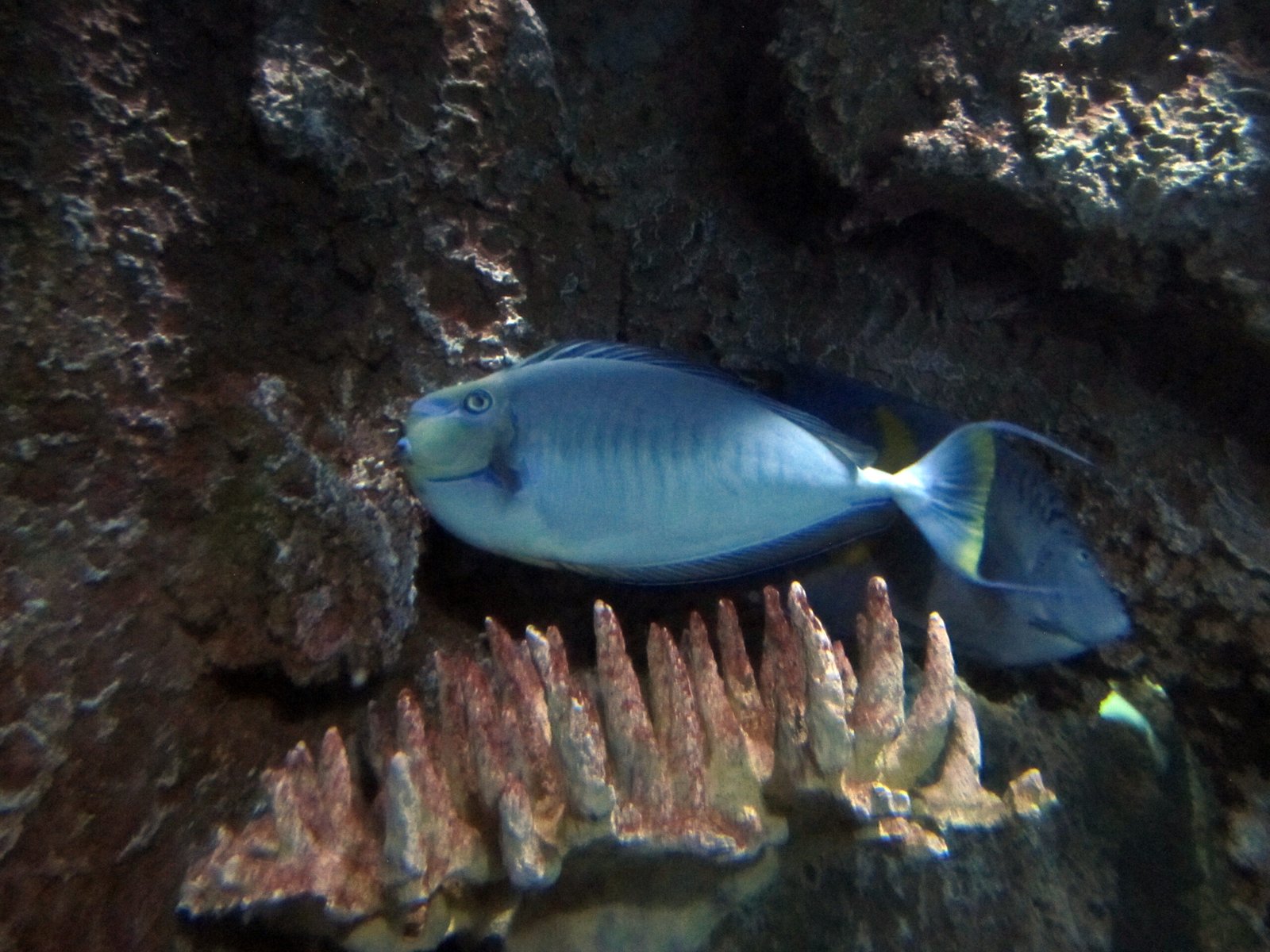
Parrotfish are essential to maintaining the health of coral reefs, and their ability to change sex plays a vital role in their ecological function. These fish typically start life as females and may transform into males as they age. This change is often driven by the need to fill a specific role within their social structure. By switching sexes, parrotfish can ensure that their population remains balanced and capable of reproduction. Their vibrant colors and unique behaviors make them a favorite among divers, and their adaptability is a testament to the wonders of evolution.
Gobies: Tiny Transformers
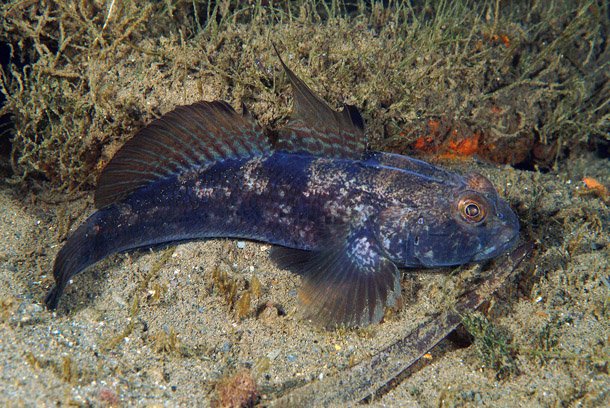
Gobies may be small, but they are mighty when it comes to sex change. These tiny fish often live in pairs, with one partner taking on a dominant role. If the dominant fish dies, the remaining partner can transform to fill the void, ensuring that the pair can continue to reproduce. This ability to change sex allows gobies to adapt quickly to changes in their environment, making them resilient and versatile. Their agility and resourcefulness make them a vital part of marine ecosystems, showcasing the incredible adaptability of life in the ocean.
Oysters: Flexible Reproducers
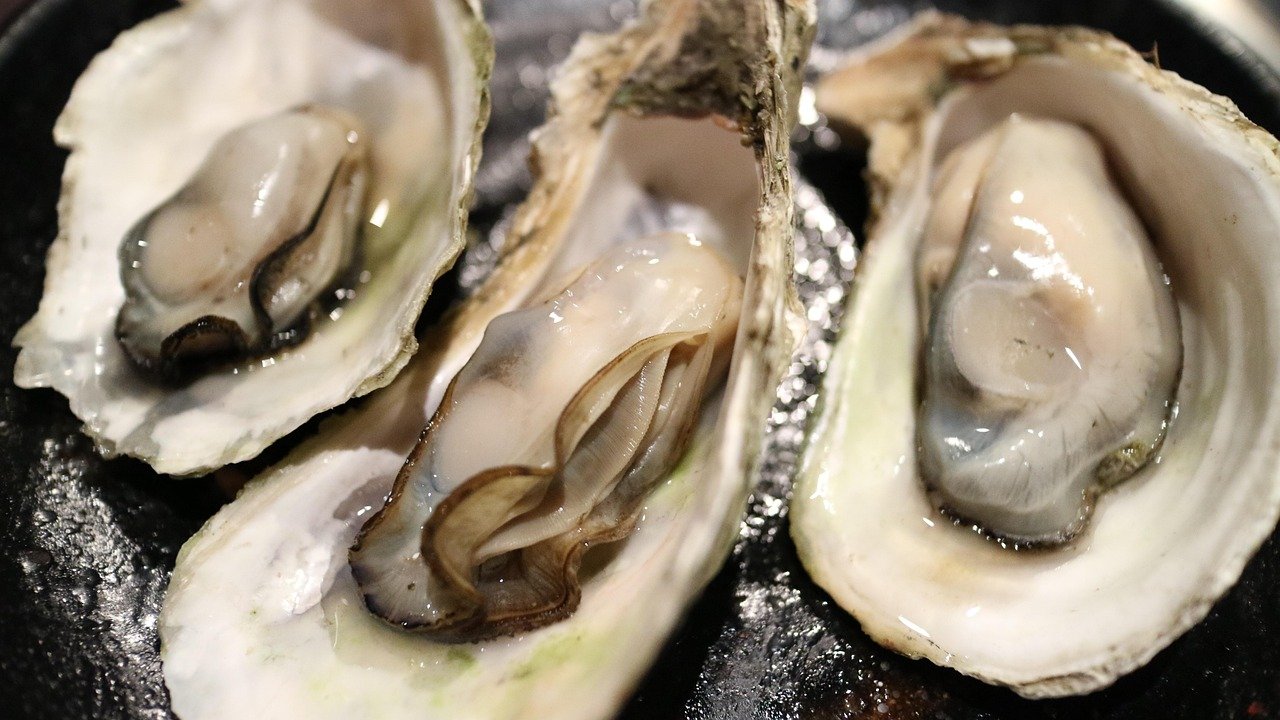
Oysters are not just a delicacy; they are also fascinating creatures with the ability to change sex. These mollusks can switch between male and female, depending on environmental conditions and population dynamics. This flexibility allows oysters to maximize their reproductive success, adapting to changes in their surroundings. By altering their sex, oysters can ensure that they contribute to the continuation of their species, even in challenging conditions. Their ability to thrive in various environments highlights the resilience and adaptability that define these remarkable organisms.
Grouper: Giants of the Deep
Groupers are known for their size and strength, but their ability to change sex is equally impressive. These fish often begin life as females and can transform into males as they grow larger. This change is typically triggered by social dynamics, such as the absence of a dominant male. By switching sexes, groupers can maintain a balanced population and ensure successful reproduction. Their adaptability allows them to thrive in diverse marine environments, showcasing the intricate dance of life beneath the waves.
Moray Eels: Elegant Shape-Shifters
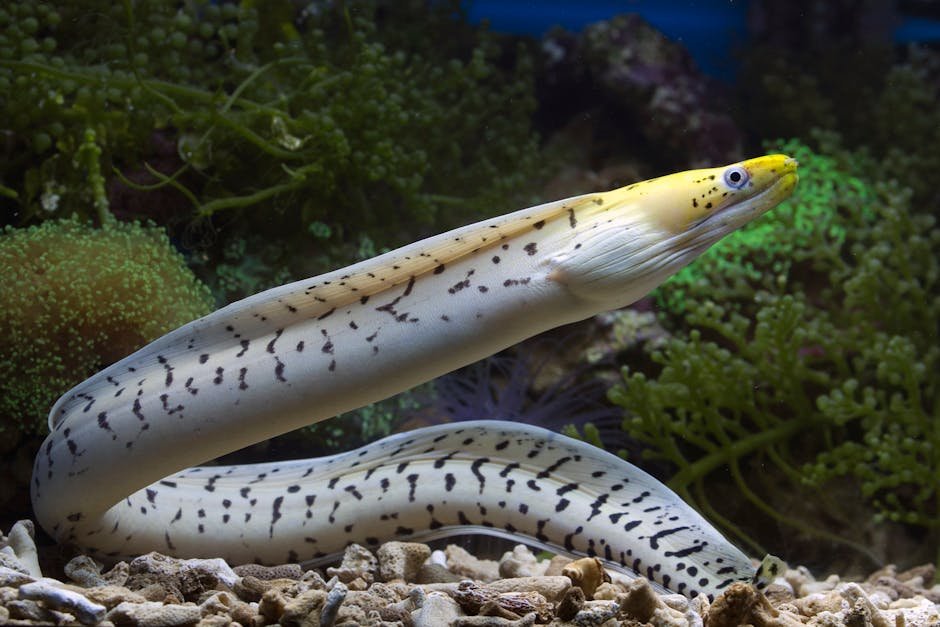
Moray eels may appear menacing, but they possess a remarkable ability to change sex. These elongated creatures can switch between male and female, depending on their social and environmental needs. This flexibility allows moray eels to adapt to changes in their surroundings, ensuring their survival and reproductive success. Their ability to change sex is a testament to the complex and dynamic nature of marine ecosystems. With their mysterious allure and adaptability, moray eels are a captivating example of nature’s ingenuity.
Cardinalfish: Nighttime Guardians
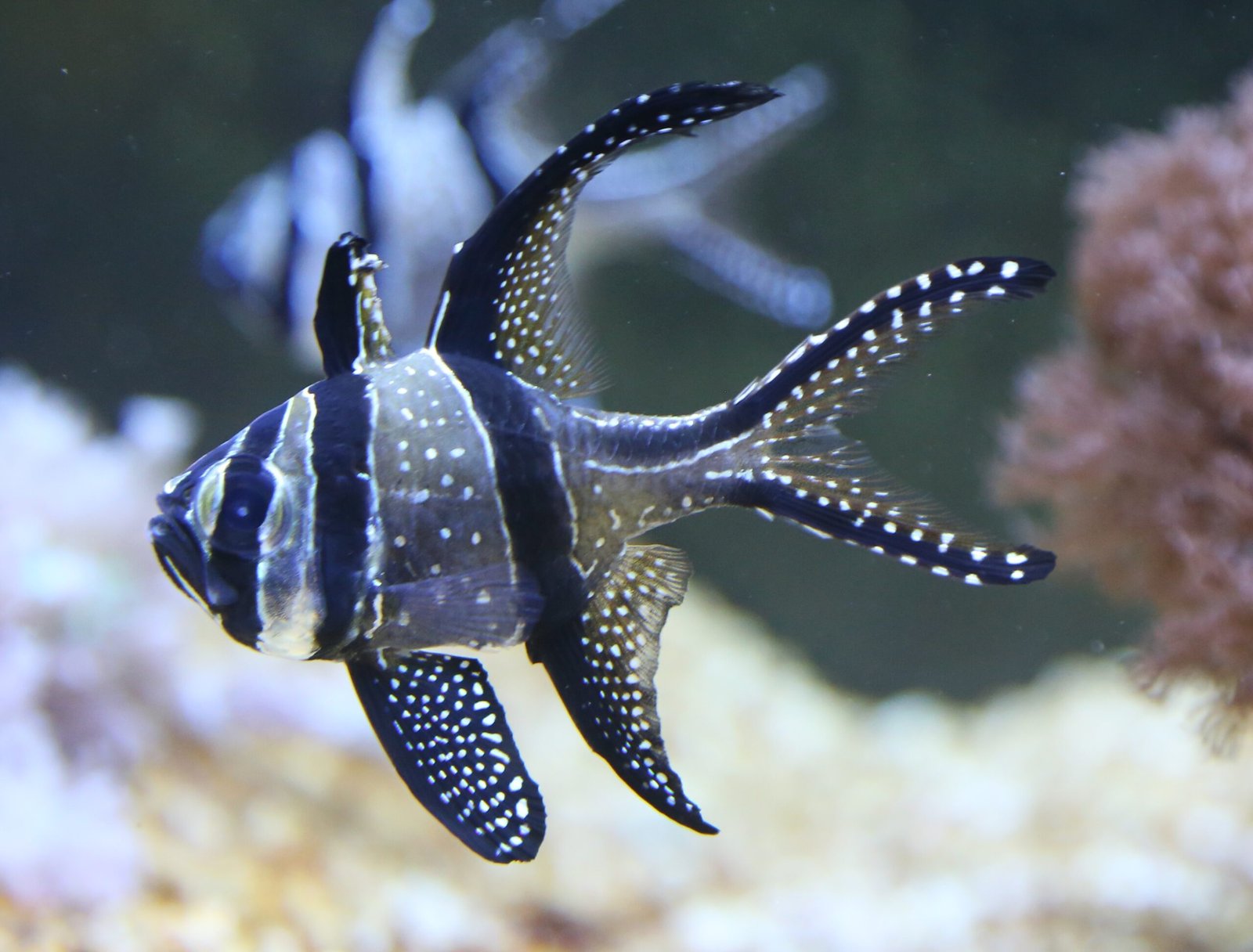
Cardinalfish are known for their nocturnal habits and vibrant colors, but their ability to change sex is equally intriguing. These fish often live in pairs, with one partner taking on a dominant role. If the dominant fish dies, the remaining partner can transform to fill the void, ensuring that the pair can continue to reproduce. This ability to change sex allows cardinalfish to adapt quickly to changes in their environment, making them resilient and versatile. Their adaptability highlights the incredible diversity and complexity of life in the ocean.
Coral-Reef Damselfish: Versatile Survivors
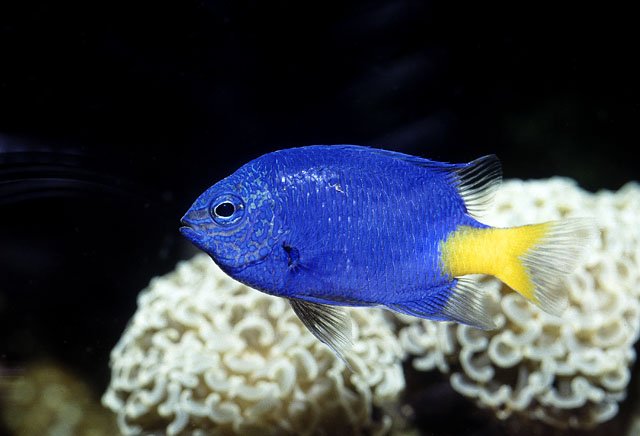
Coral-reef damselfish are small but mighty, with the ability to change sex as part of their survival strategy. These fish often live in social groups, with one dominant male leading the pack. If the male dies, a female can transform into a male to take his place. This ability to change sex ensures that the group remains balanced and capable of reproduction. By adapting to their environment, coral-reef damselfish can thrive in the competitive world of coral reefs, showcasing the remarkable adaptability of life in the ocean.
In conclusion, the ability to change sex is a fascinating adaptation that allows various species to survive and thrive in their respective environments. From the vibrant clownfish to the resilient oyster, these organisms demonstrate the incredible diversity and adaptability of life on Earth. Whether driven by social dynamics, environmental conditions, or the need to reproduce, the ability to change sex is a testament to the wonders of evolution and the intricate dance of life in the natural world.




